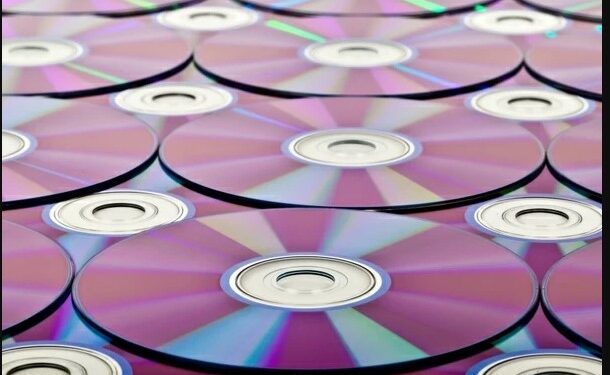In the digital era, where cloud storage and streaming platforms dominate, the process of burning files to CDs might seem like a distant memory. However, for those who experienced the era of CDs, the act of creating personalized discs holds a nostalgic charm.
Burning files to CDs was a way to curate and customize our own digital libraries, creating meaningful compilations of music, photos, and more. In this article, we will revisit the nostalgic experience of burning files to CDs and explore the significance it held in our lives.
The Process of Burning Files to CDs
Burning files to CDs involved a relatively simple yet engaging process. It required a computer equipped with a CD burner and burning software. The process began by selecting the desired files, such as music tracks, photos, or documents, and arranging them in a specific order. The files were then compiled and burned onto a blank CD using the CD burner and software. This process created a physical disc that could be played on CD players or computers.
The act of burning files to CDs had a tangible and interactive quality. Watching the progress bar as the burning software transformed digital files into physical tracks etched onto the CD surface created a sense of anticipation and satisfaction.
Personalization and Curation
One of the key aspects of burning files to CDs was the ability to personalize and curate our own digital libraries. Creating customized playlists allowed us to compile our favorite songs and create soundtracks for various occasions or moods. We carefully selected tracks that resonated with us, reflecting our musical tastes and emotions. This personalization aspect made each burned CD a unique expression of our individuality.
In addition to music, burning files to CDs allowed for the curation of other types of content, such as video documentaries, photo slideshows, or document compilations. Photos could be organized in a specific order to tell a story or capture memorable moments. Documents, such as essays or presentations, could be archived and easily accessed on a physical medium.
Memorable Experiences and Memories
Burning files to CDs evokes a sense of nostalgia because it was often associated with special experiences and memories. Creating a mixtape for a loved one, compiling a soundtrack for a road trip, or documenting a significant event through photos and videos all held sentimental value. The process of carefully selecting and arranging files was an act of creativity and personal expression.
Furthermore, owning CDs and DVDs themselves held a certain significance. These physical discs served as tangible artifacts of our digital collections. They occupied space on shelves or in CD cases, creating a visible representation of our memories and interests. Flipping through a collection of CDs and DVDs allowed us to rediscover forgotten favorites or recall specific moments associated with each disc.
Although the era of burning files to CDs has largely been replaced by streaming and digital storage, the nostalgic experience it evokes remains cherished by many. As we digitize old CDs and other vintage tapes, we are reminded of the nostalgic value they hold. The physicality of these discs, the memories they represent, and the personalization they allowed created a unique connection to our digital content.
While we embrace the convenience and accessibility of modern technology, let us also remember and appreciate the nostalgic experience in analog format—a practice that allowed us to curate and archive our digital lives in a tangible and meaningful way.


